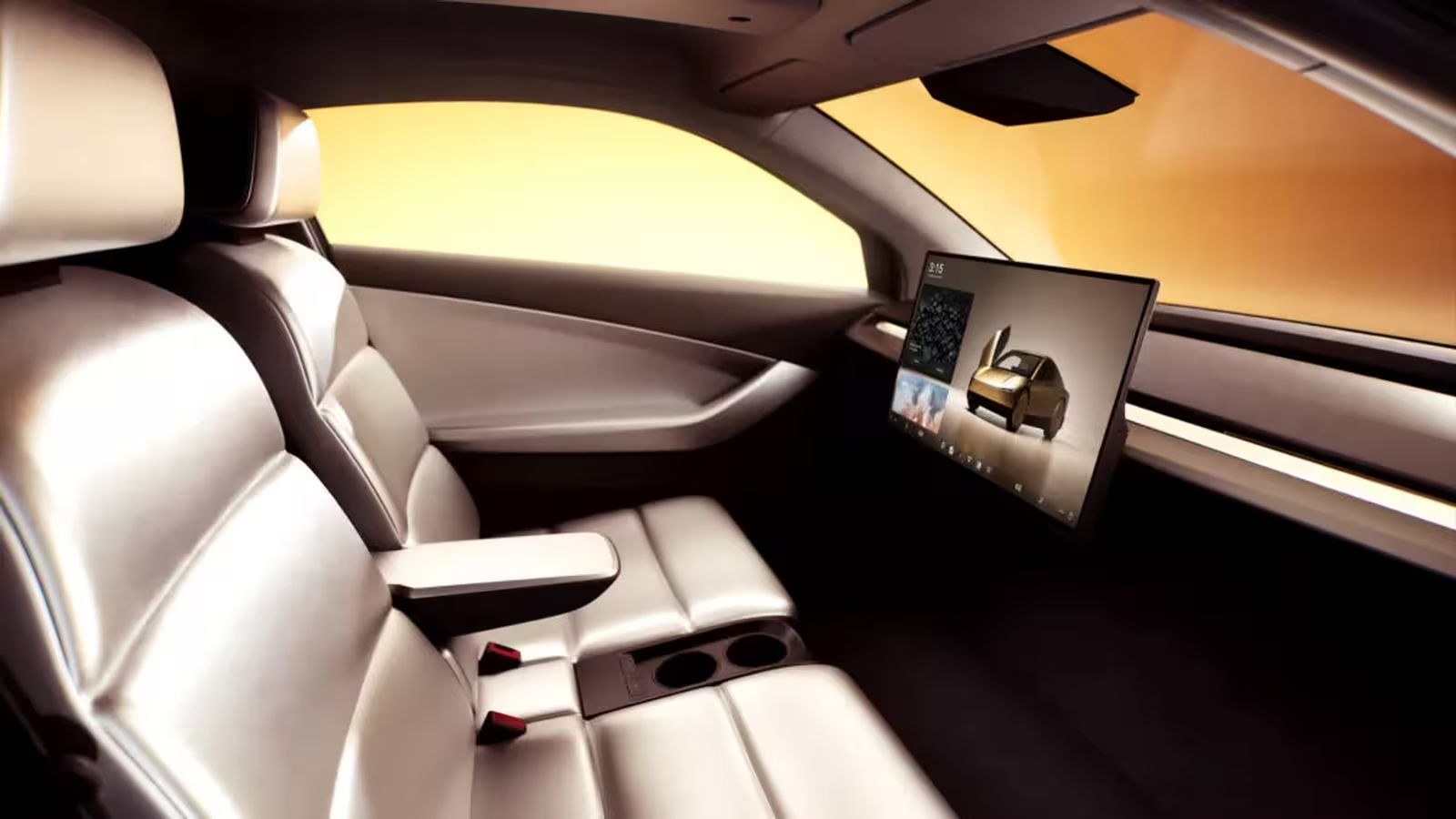4 Minutes
The Future Is Closer: Cars Without Steering Wheels Under New NHTSA Guidelines
Drivers and auto enthusiasts, the era of truly autonomous vehicles — those lacking steering wheels, pedals, and even rearview mirrors — may be nearer than you think. Thanks to new initiatives from the National Highway Traffic Safety Administration (NHTSA), the pathway for developing and deploying self-driving cars is about to get much smoother.
Why the Delay? Regulatory Hurdles for Autonomous Vehicles
While the promise of cars that drive themselves could mean safer roads and thousands of lives saved every year, many major automotive companies have struggled to bring such vehicles to market. Bureaucratic red tape and complex approval processes have forced some, like General Motors, to pause or even abandon ground-breaking projects, such as the Cruise Origin. The biggest obstacle? The cumbersome Part 555 exemption process, which governs safety requirements for experimental vehicles.

Major Policy Shift: Streamlining the Approval Process
In a bold step, NHTSA has announced revisions to the Part 555 process, aiming to 'accelerate the safe development of automated vehicles.' U.S. Transportation Secretary Sean Duffy acknowledged that developers have long been hindered by outdated and overly restrictive regulations, making it hard to keep pace with fast-moving technological advancements in self-driving car design.
For context, General Motors petitioned NHTSA back in February 2022, asking for a temporary exemption on six specific safety standards for their innovative, steering wheel-free Cruise Origin. Dubbed a ‘driverless pod’, the vehicle lacked mirrors and traditional gear displays—features rendered obsolete by its autonomous nature—but GM’s request was entangled in years of regulatory waiting. Now, such delays could become a thing of the past.
Modernizing Automotive Standards: What’s Changing?
NHTSA’s recent updates focus on expediting application reviews, especially for vehicles equipped with Automated Driving Systems (ADS). The new approach involves clearer application guidance and a more flexible evaluation process tailored for the complexities of autonomous vehicle technology. These changes promise not only to reduce approval times but also to enable manufacturers to release up to 2,500 vehicles per year that do not fully comply with traditional Federal Motor Vehicle Safety Standards (FMVSS). This opens the door for innovative designs that lack steering wheels, driver-controlled brakes, or traditional mirrors.

Ensuring Safety and Public Interest
Despite the loosening of regulations, safety remains paramount. Manufacturers must prove that their vehicles offer an equivalent—or better—level of protection compared to conventional cars. Each exemption will only be granted if it meets these stringent safety benchmarks and aligns with the broader public interest.
NHTSA’s Chief Counsel, Peter Simshauser, emphasized the importance of this balance: the changes aim to "advance innovation by supporting the commercial deployment of purpose-built automated vehicles that can satisfy safety requirements." The agency is working to "modernize" standards as the technology evolves, with exemptions playing a crucial role during this transition phase.
How Do These Self-Driving Cars Compare?
While manufacturers like GM and others pursue these waivers, the competition is heating up. Market rivals are also racing to design autonomous vehicles with cutting-edge features, novel layouts, and passenger-focused interiors. Specifications like artificial intelligence-based navigation, advanced sensor arrays, and battery-powered performance are front and center, redefining what modern vehicles can offer in terms of design and user experience.
Market Impact and Positioning
This regulatory pivot could mark a tipping point for the autonomous vehicle industry, turbocharging U.S. leadership in smart mobility solutions. By clearing the path for cars without steering wheels or even pedals, the NHTSA is signaling a new era for automotive innovation and electric vehicle integration in future smart cities.



Comments